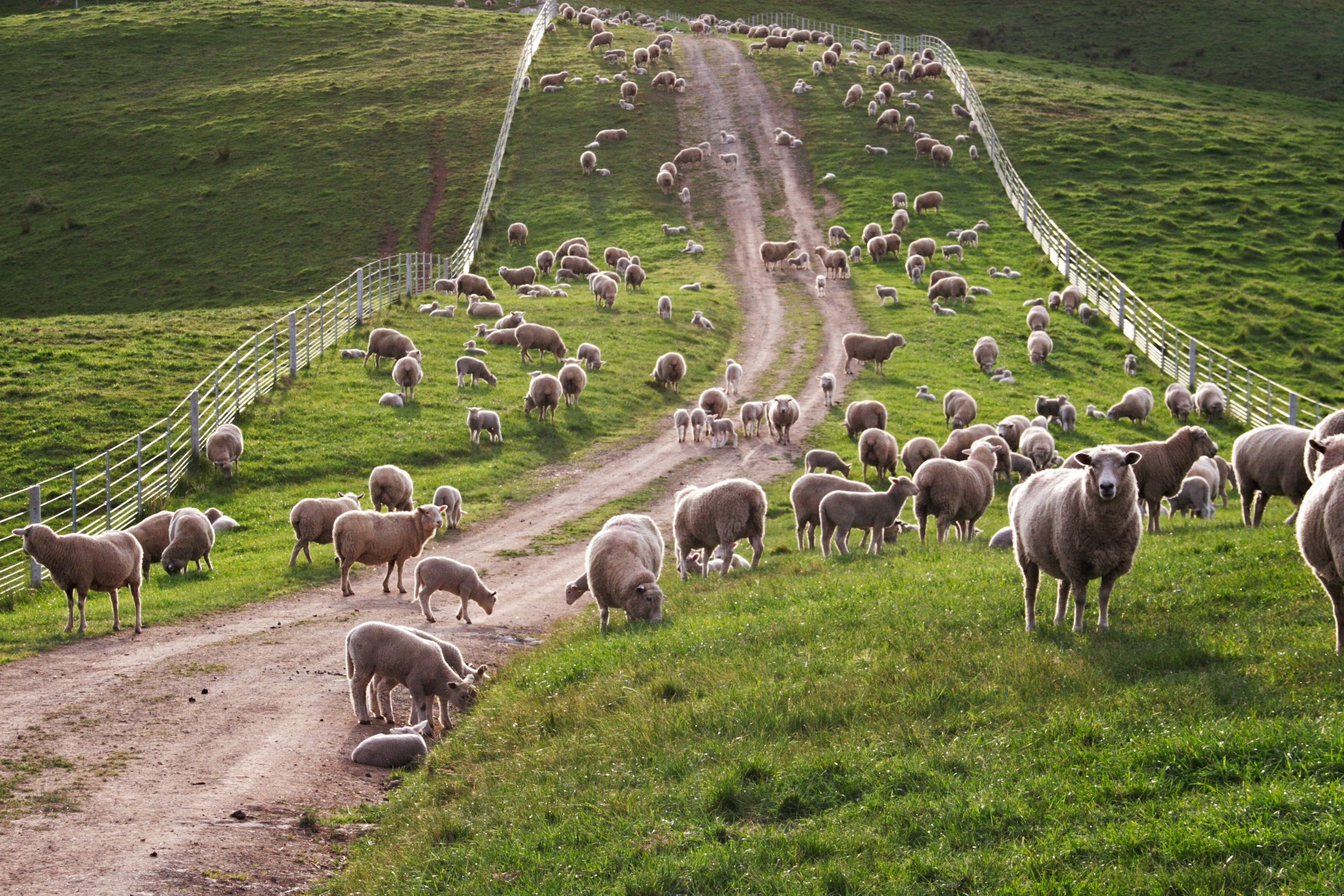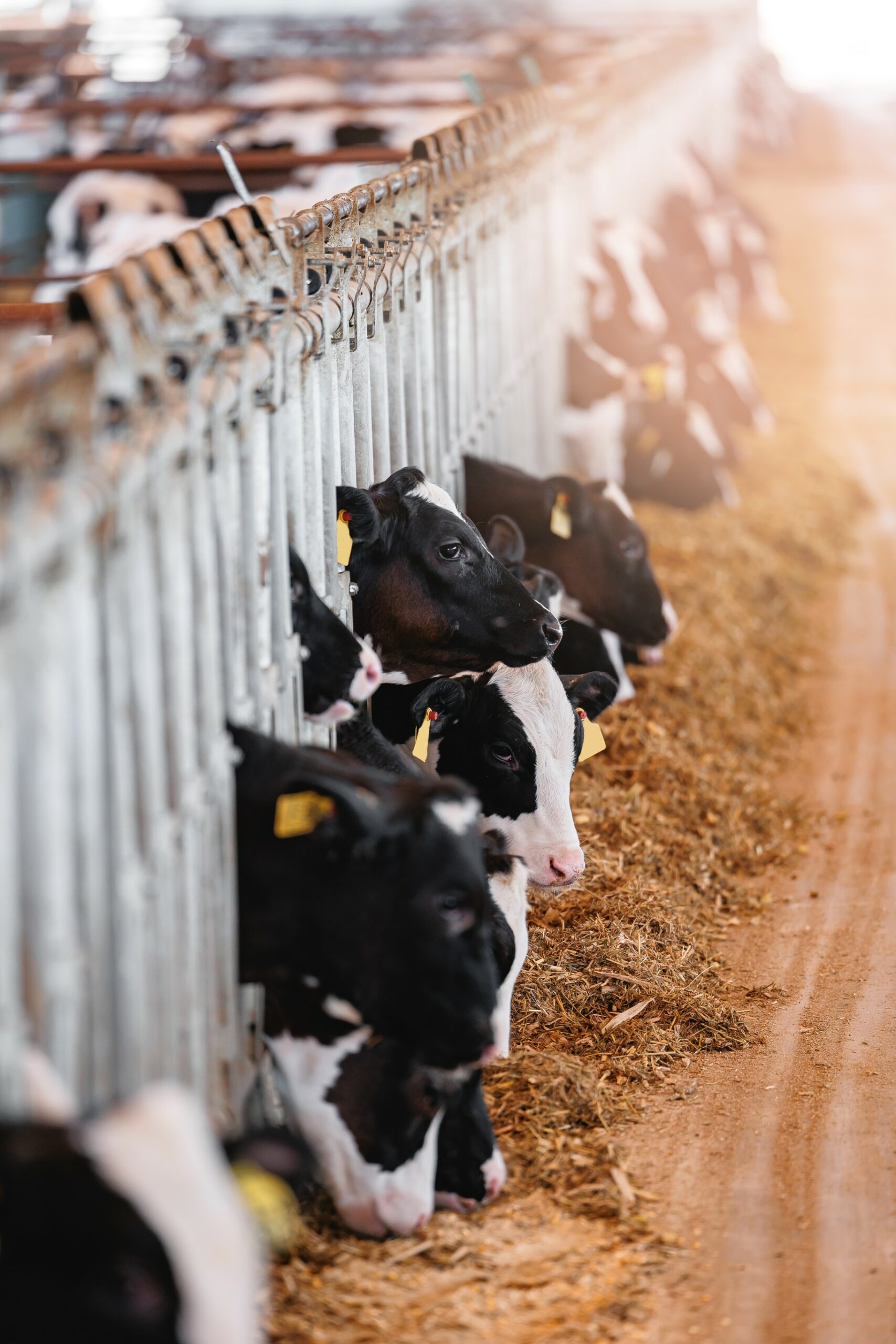It is pretty clear now that understanding and addressing greenhouse gas (GHG) emissions at farm level is imperative for sustainable food production and combating climate change.
In this blog post I want to discuss three points; what challenges are we addressing now? What is the path to move forward? And a silent issue that has not yet fully surfaced…
Firstly, establishing baselines for agricultural GHG footprints serves as a foundation for implementing effective abatement strategies. Let’s delve into the importance of baselines and explore key considerations when developing and implementing mitigation measures.
Baselines provide a benchmark for measuring current GHG emissions in agriculture, enabling stakeholders to track progress and set reduction targets. It allows supply chain businesses to benchmark their suppliers and identify best practice to share across their producer base. At the farm level establishing a baseline helps identify emission hotspots, prioritise mitigation efforts, and monitor the effectiveness of interventions over time.
In talking to agrifood businesses over the last 18 months, the discussion has been about how to gather data for modelling, which model is best, and what systems should be used.
Businesses are trying to sort the weeds from the crop and work with models and partners that support industry standards. In the more recent months, the discussion has already started to swing around to how to identify, recommend and implement abatement at the farm level, to start to meet industry targets for reduction.
Secondly, an emerging talking point is that implementing abatement strategies to reduce agricultural GHG emissions may incur cost and will affect the farms productivity. Assessing the cost-effectiveness of mitigation measures is crucial to ensure that investments yield positive environmental outcomes without compromising economic viability. Being able to include gross margin in scenario planning is a key and will be much more difficult to model, as it will be individual at the farm gate.
The third silent challenge at the back of peoples minds is that implementing abatement strategies often requires changes in farm management practices. It is great that there may be clear strategies a producer can adopt, but this doesn’t necessarily mean these options fit their business model or are practical for them to implement. Three key challenges in changing practices include:
- Adopting new skills, potential ethical considerations, and managing the associated risks. Farmers may need to learn new skills, undertake specialist training, and seek external support to implement sustainable practices effectively.
- Potential abatement options may not align with the individuals ethical approach to agriculture or align to the business risk profile. This may make the implementation of the solution uncomfortable from a personal and /or business perspective and limit or slow the effectiveness of the abatement.
- The environmental practicality of the option may not suit the region or farm system. Considerations must guide the selection of abatement strategies to ensure that interventions align with broader farm environment. Factors such as water use & availability, existing and future biodiversity, soil health, species, and variety selection for both regenerative practice or crop changes will vary greatly.
In conclusion, baselines for agricultural GHG footprints provide a crucial starting point for developing and implementing effective abatement strategies in the farming sector. Consideration of factors such as cost-effectiveness, productivity impacts, management changes, and broader environmental realities are real and will affect individual approaches. Early collaboration among farmers, policymakers, researchers, and industry stakeholders is essential for driving innovation and achieving meaningful reductions in agricultural GHG emissions. We are in the early days of the journey, however it will be a quick ride over the next few years.


